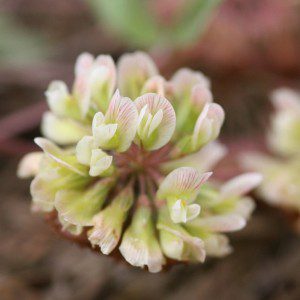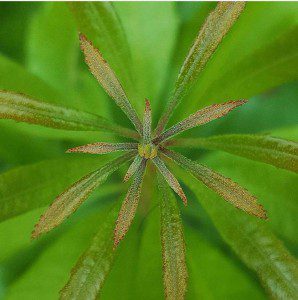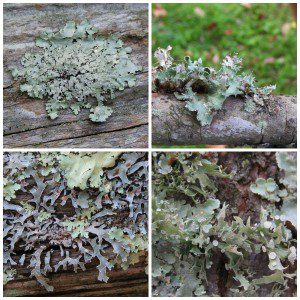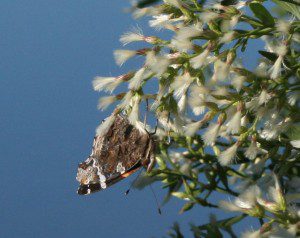Plant Profiles
Kates Mountain Clover: Trifolium virginicum
Kates Mountain Clover, (Trifolium virginicum) is one of only three clovers that are native to Virginia. First discovered on Kate’s Mountain in West Virginia in 1892 by botanist, John Kukel Small, this plant is known to exist only in four states and in a very specific habitat. In all four states it is listed as…
Read MoreEastern Red Cedar in the Landscape
Though many view Eastern Red Cedars, (Juniperus virginiana), as weeds in abandoned sites, we love the native Cedar for its sturdy evergreen structure in the landscape. In our native plant landscape designs, here at The Natural Garden we use Red Cedars as a dense native hedge or scattered in groups in savanna and meadow plantings. As…
Read MoreMorella on the Barrier Islands
The barrier islands are one of Virginia’s last great wilderness areas, virtually uninhabited by humans. They have one of the longest stretches of undeveloped coastline on the eastern seaboard, and the longest stretch of undeveloped barrier islands in the global temperate zone. The roughly 23 islands that make up this group are owned by The Nature…
Read MoreLovin’ the Lichens!
The 2016 VNPS Annual Meeting was a lot of fun; full of laughter and mingling with old friends as well as making many new ones. The highlight of the weekend for me was a Lichen Walk at Wildwood Park. To our delight only four of us joined Gary Cote for the walk, and we were…
Read MoreA Suburban Mushroom
Just a few weeks after learning about mushrooms at the VNPS Workshop, Plants and Their Friends: Exploring Partnerships Above and Below Ground, I got out of my car, wandered across to see what was blooming in the front yard. There, in bloom, was a wood poppy that a friend had given us a few years…
Read MoreImperiled Purple Milkweed at Huntley Meadows Park
Huntley Meadows probably has the largest population of purple milkweed in the state according to Gary Fleming, Vegetation Ecologist for Virginia’s Natural Heritage Program. For a number of years, through efforts begun by its Past President, Marianne Mooney, the Potowmack Chapter has been providing support to Huntley. When recent water control efforts caused major disruption…
Read MoreTrout Lillies and Trouts Signal Spring!
I am a gardener and an angler. In the spring, these two passions vie for my attention simultaneously because gardens and trout streams wake up from winter at around the same moment. Just as warming ground stimulates seeds to germinate, bulbs to flower and trees to leaf out and bloom, warming activity on a trout…
Read MoreRed-berried Greenbrier: A New Record
Made a nice if small discovery. While accompanying a field trip, I noticed some unusual Greenbrier, (Smilax), plants. It wasn’t just that they were growing in the water, but the color of the berries was not your typical purple/black of ones I’m used to. I snapped a couple of pics and, after downloading a couple…
Read MoreSalt-Tolerant Native Shrubs
In our area of southern tidewater Virginia, three salt-tolerant shrubs (or small trees) grow on pond shores and marsh edges. The most striking is Baccharis halimifolia, covered with white fuzz; the white blooms indicate the female plant. The fruits are covered with tufts of white silk that carry them to new destinations. It is known…
Read MoreNative Wildflowers: A Feast in the Fall
Our native wildflowers are still putting on a show, in addition to provisioning late season pollinators and butterflies searching for fuel to carry them through the winter. Some of those creatures hibernate right here, others are taking wing and heading south, but they are all adapted to count on the late season boost from those…
Read More




